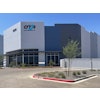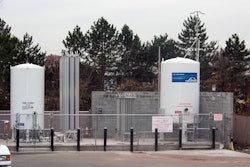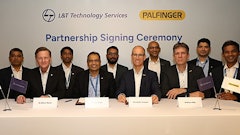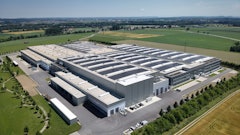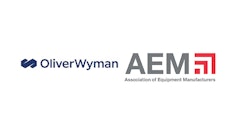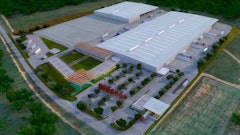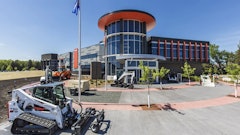The U.S. Green Building Council (USGBC) and Bank of America have announced the ten recipients of the Affordable Green Neighborhoods Grant Program. Funded by a $500,000 grant from the Bank of America Charitable Foundation, the program awards financial and educational resources to help neighborhood projects that have affordable green housing components in their plans, pursue LEED for Neighborhood Development.
LEED for Neighborhood Development is a green rating system from USGBC that certifies whole neighborhoods, portions of neighborhoods or multiple neighborhoods. The selected development projects were announced at the Affordable Housing Summit at USGBC’s Greenbuild International Conference & Expo.
“Through the very generous support of the Bank of America Charitable Foundation, ten communities across the country will see the transformation of vacant or underutilized land in thriving existing neighborhoods into walkable, compact developments,” says Roger Platt, senior vice president, Global Policy & Law, USGBC. “The recipients have demonstrated a commitment toward strengthening their communities by providing healthy, affordable green housing to citizens with a range of income levels.”
“Supporting environmentally healthy communities is one way Bank of America is helping set opportunity in motion to revitalize local economies and neighborhoods,” says Alex Liftman, global environmental executive, Bank of America. “We congratulate all of the Affordable Green Neighborhoods awardees for their outstanding projects, and hope that by offsetting the cost of LEED for Neighborhood Development training and certification we can help advance a shift to greener, healthier, more affordable housing, and sustainable community planning.”
The Affordable Green Neighborhoods Grant recipients include Church Lane Gardens, St Louis, MO; Clackamas Heights Redevelopment, Oregon City, OR; Jordan Downs, Los Angeles, CA; and Old Colony Redevelopment, Boston, MA.
“The Affordable Green Neighborhoods grant will provide the financial support to successfully complete the Clackamas Heights Redevelopment in a highly green and sustainable manner,” says grant recipient Mary Bradshaw, development project manager for the Clackamas Heights Redevelopment Housing Authority of Clackamas County (HACC), in Oregon. “HACC recognizes the importance of third-party certification through the LEED for Neighborhood Development program as integral to our future success.”
The National Low Income Housing Coalition estimates that over 6.5 million low-income families spend more than 50% of their income on housing and utility costs. Greening affordable housing reduces energy and resource use, resulting in lower operating costs and utility bills for tenants and their families.
USGBC’s LEED for Neighborhood Development integrates the principles of smart growth, new urbanism and green building and benefits communities by reducing urban sprawl, increasing transportation choice and decreasing automobile dependence, encouraging healthy living, and protecting threatened species.

